Vietnam News Agency was the first agency to broadcast the good news of victory that our army and people had been waiting for and fighting for for 30 years. At that moment, the red flag with yellow star flew all over the streets, offices and houses.
The first information, images, and reports of reporters from Vietnam News Agency and Liberation News Agency were broadcast domestically and internationally , promptly reflecting the historical moments of the Day of Total Victory of the resistance war against American imperialism to save the country; the collapse of the Saigon government; and the bankruptcy of the US "Vietnamization of the war" strategy.
Historical photos and news
According to journalist Tran Mai Huong, at dawn on April 30, 1975, the 2nd Corps assault force entered the center of Saigon. He and his colleagues crossed the large highway bridge over the Dong Nai River early.
At that time, on many sections of the highway, the command car carrying the group of reporters had to lean against the side of the tank, sometimes moving to the right, sometimes to the left to avoid enemy counter-fire.
Tanks led the way, followed by armored vehicles, infantry carriers, and 130mm artillery providing support along both sides of the road, the convoy headed straight for the Independence Palace.
The Vietnam News Agency reporters arrived at the Independence Palace when the first tanks had crashed through the palace gate and entered the yard. As soon as they arrived, journalist Tran Mai Huong jumped out of the car and witnessed the image of tank 846 gallantly advancing through the iron gate that had just been crashed.
A reporter’s reflex prompted him to raise his camera and take a picture. The photo was later titled “Liberation Army tanks entering the Independence Palace at noon on April 30, 1975.”
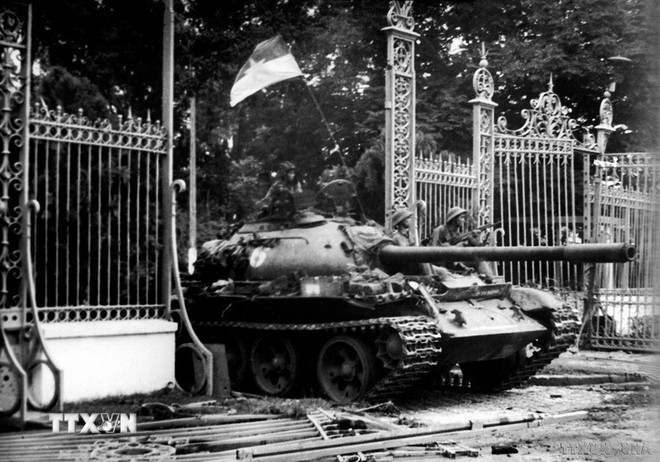
Journalist Tran Mai Huong said: "Photographic film was given priority to photojournalists, but as a reporter, I was only given two rolls. When I arrived at the Independence Palace, I only had 13 rolls of film left, but when the tank with the liberation army flag flying on its turret entered, I knew I had to capture that historic moment.
I took exactly one shot, then sent the roll of film to Hanoi . My photo when sent to Hanoi was widely used by many domestic press agencies and foreign news agencies, becoming a symbol of the April 30 victory day. But it was not until more than a year later, when I returned to my office in Hanoi, that I saw with my own eyes the photo I took,” journalist Tran Mai Huong shared with pride.
Following the Western army, the Liberation News Agency reporter team led by journalist Nguyen Thanh Ben entered Saigon from Hoc Mon and Go Vap and also witnessed the excited and emotional atmosphere of the people on the day of liberation.
Wave after wave of "cheers" rang out from the people on both sides of the street when a convoy of military vehicles passed by, accompanied by majestic background music from radios turned up to full volume.
“Upon arriving in Saigon, Mr. Chin Thep immediately took the Liberation News Agency team to his house on Cach Mang Street (now Nguyen Van Troi Street), Phu Nhuan District. After a few minutes of asking about his family, he took his Vespa and took me for a tour around Tan Son Nhat Airport, where at the intersection there was a burning tank, and occasional artillery shells exploded.
We passed through Bay Hien textile area, went to Ben Thanh market, followed Tran Hung Dao street to Cho Lon. In the afternoon, when I returned to Mr. Chin Thep's house, I immediately wrote the article 'Saigon in the first hours of liberation.'
On the rooftop, the entire team of reporters and the radio operator forgot to eat or drink, taking turns turning the generator to send news to the Tay Ninh base. In the evening, sweat was dripping down the generator, making a 'sizzling' sound. Mr. Dao Tung, the commander on duty in Tay Ninh, quickly sent the news to Hanoi. At 8:00 p.m. on April 30, 1975, I heard the radio station read my news, the feeling was hard to describe," journalist Nguyen Thanh Ben said about his first news report on the first day of liberation.
The news and photojournalists of Vietnam News Agency and Liberation News Agency were on the front line of information work, contributing to reflecting one of the greatest feats in the history of the nation's resistance against foreign invaders, liberating the South and reunifying the country.
Following the news of liberation, a series of news and articles were sent via morse code and teletype, along with thousands of photos that truly reflected the lives of Saigon people in the early days of liberation, and were sent directly to the Vietnam News Agency in Hanoi by plane and telephoto; promptly providing information to domestic newspapers, radio stations and international news agencies.
Liberation News Agency and Vietnam News Agency, "two but one", have successfully fulfilled the mission of news agencies from the battlefield to the day of victory.
Write a new chapter with the country
On the night of April 30, 1975, most of the reporters of Vietnam News Agency and Liberation News Agency who joined the troops advancing to liberate Saigon reunited in joy.
To ensure that the flow of information was not interrupted, they immediately got to work, writing reports on the liberation and takeover of the bases. Information from the military wings, branches, and regions was rushed to the base in Tay Ninh. Here, Editor-in-Chief Dao Tung mobilized all reporters, editors, and technicians to participate in processing the information to send to Hanoi.
On May 24, 1976, implementing the directive of the Central Party Secretariat, Vietnam News Agency and Liberation News Agency merged into Vietnam News Agency. On May 12, 1977, the National Assembly Standing Committee issued Resolution No. 84/NQ-QHK6 approving the renaming of Vietnam News Agency to Vietnam News Agency.
War correspondents returning in peacetime continue their mission of conveying information and images of the country's construction.
After liberation, journalist Nguyen Sy Thuy was assigned to be a resident reporter in Minh Hai province (Ca Mau). During this time, he followed comrade Vo Chi Cong (at that time Deputy Prime Minister, Minister of Agriculture and Head of the Southern Agricultural Reform Committee) to record and report on agricultural reform and economic development throughout the southern provinces.
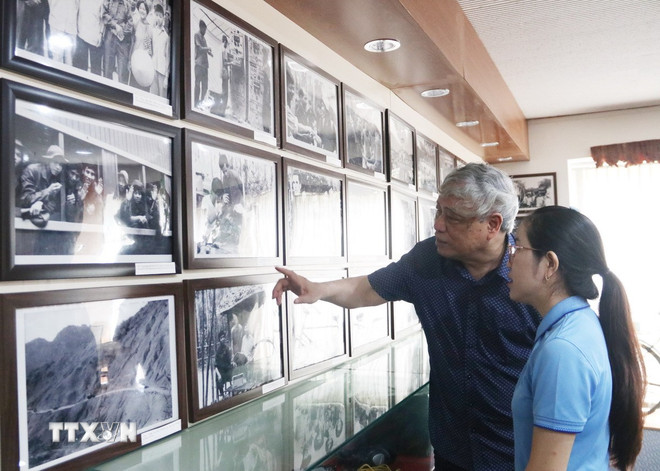
“Although I have to work far from my family and hometown, I have never regretted choosing to become a reporter instead of staying in Hanoi to do scientific research. Being able to travel, witness and write about the brave fighting spirit of our army and people during the war and the spirit of hard work after the liberation day is an honor and pride for a journalist,” shared journalist Nguyen Sy Thuy.
For journalist Tran Mai Huong, despite having held many different positions from reporter, manager to General Director of Vietnam News Agency, witnessing the historic moment of April 30, 1975 was the luckiest and proudest thing in his journalism career, because war reporters are "those who write history with their own blood in the fire and bullets".
“To reflect the most truthful and accurate information and images about the heroic battles of soldiers and people on all fronts, journalists of Vietnam News Agency and Liberation News Agency were present and witnessed many battles and raids of the enemy; many of them paid with their lives. No other news agency or press agency has had as many martyrs as Vietnam News Agency, more than 260 people have fallen with their cameras, their writings and unfinished news stories”, journalist Tran Mai Huong shared with an emotional and proud voice.
After liberation, journalist Nguyen Thanh Ben continued to work at the Vietnam News Agency in the Southern region until his retirement. He also chose Ho Chi Minh City as his second hometown.
Witnessing every change of Saigon-Ho Chi Minh City after 50 years, journalist Nguyen Thanh Ben recognized that Ho Chi Minh City is now a modern city, "more decent, more beautiful"; constructions and buildings are built close together, the economy and society are constantly developing, becoming an attractive destination for domestic and foreign tourists.
“These April days, whether as a former war correspondent or a citizen of Ho Chi Minh City, I still feel very proud and honored. Promoting the dynamism, creativity and dedication of generations, the City will soon achieve the goal of becoming a place with good quality of life, civilized, modern and affectionate,” journalist Nguyen Thanh Ben confided./.
Lesson 1: The "unique" force is ready for the day of victory
Lesson 2: Information soldiers stand side by side in each attack, heading towards Saigon
Source: https://www.vietnamplus.vn/tro-ve-tu-chien-truong-tiep-tuc-dong-hanh-cung-dat-nuoc-post1034470.vnp


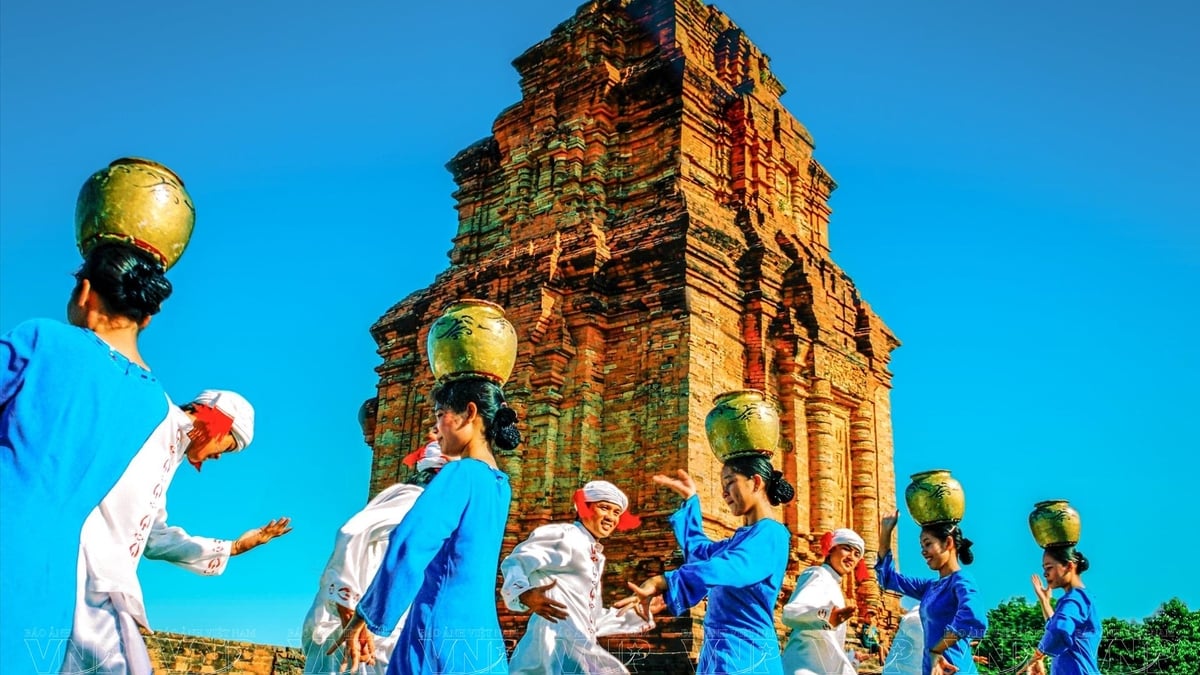
![[Photo] Cuban artists bring "party" of classic excerpts from world ballet to Vietnam](https://vphoto.vietnam.vn/thumb/1200x675/vietnam/resource/IMAGE/2025/6/26/797945d5d20b4693bc3f245e69b6142c)
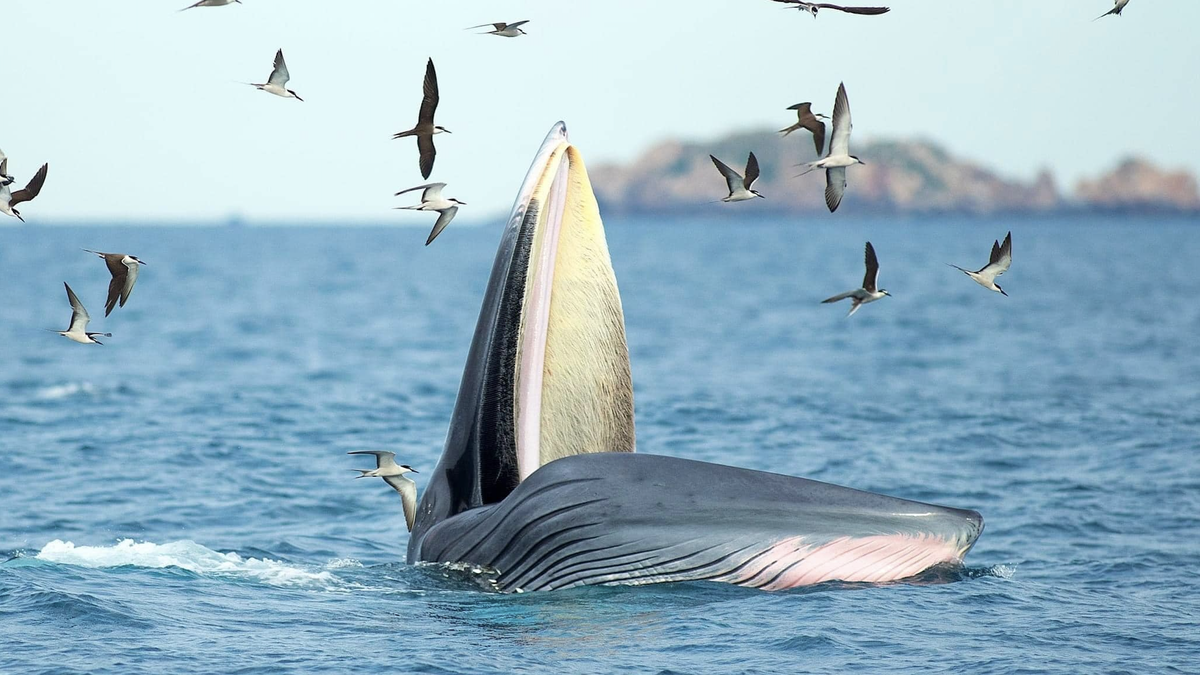
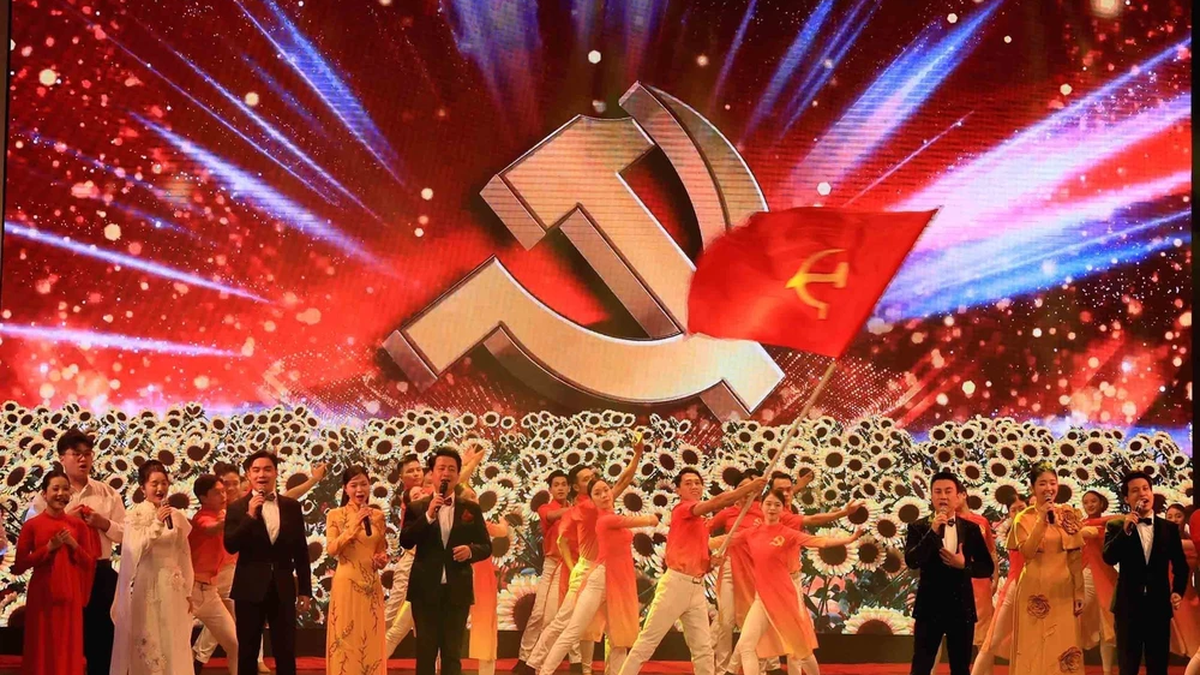

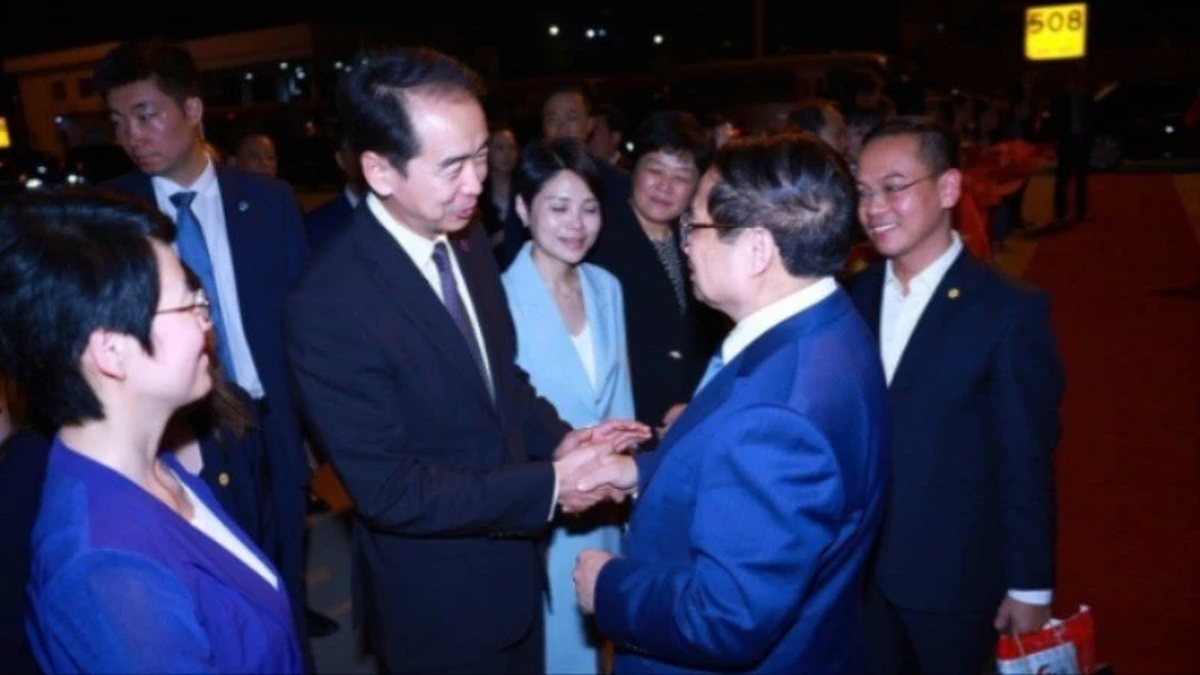
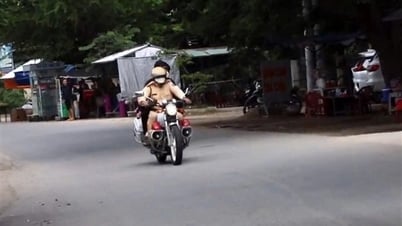

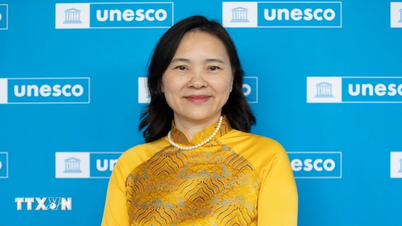
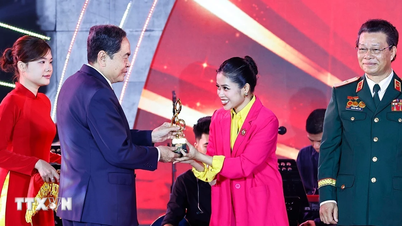
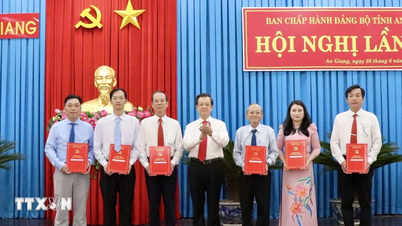
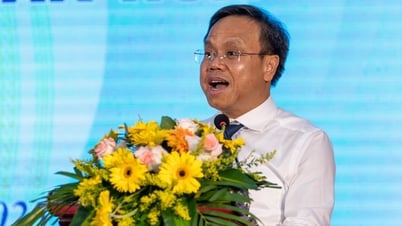

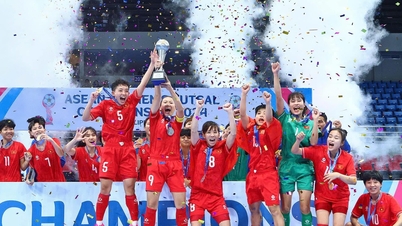

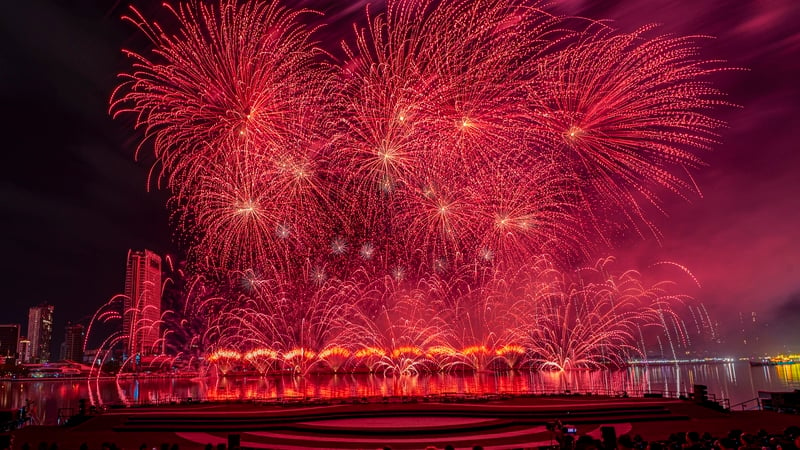


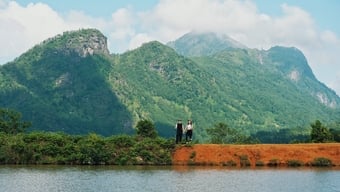
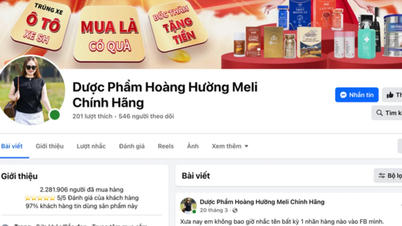
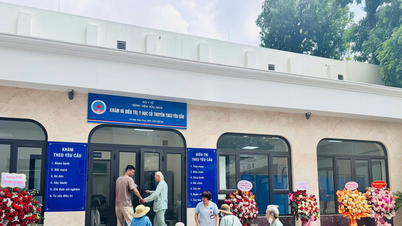

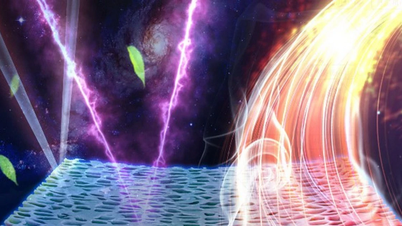
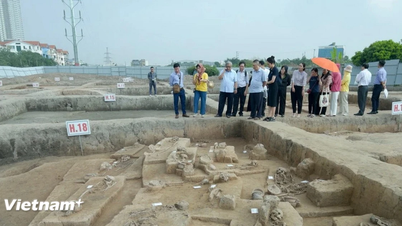

![[Photo] General Secretary To Lam receives Australian Ambassador to Vietnam Gillian Bird](https://vphoto.vietnam.vn/thumb/1200x675/vietnam/resource/IMAGE/2025/6/26/ce86495a92b4465181604bfb79f257de)
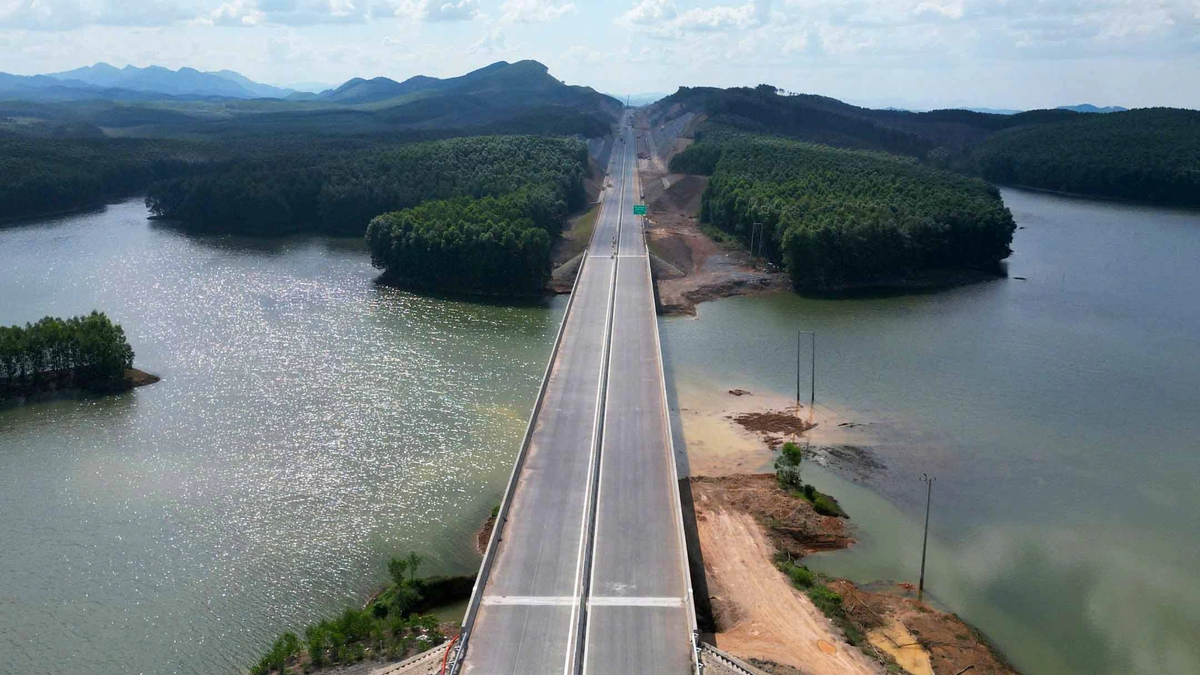


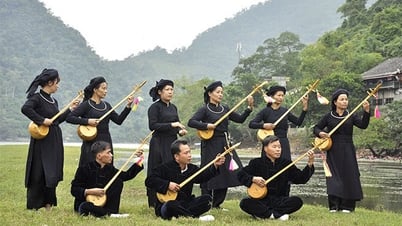

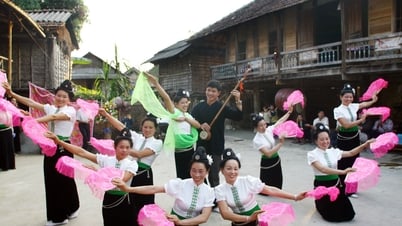

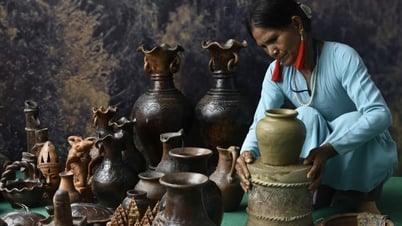
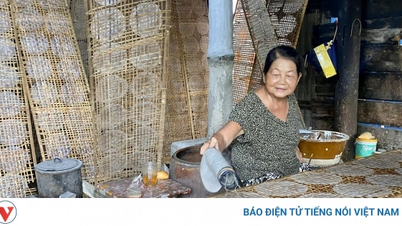
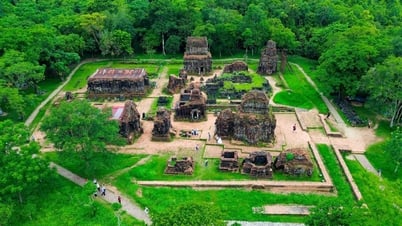
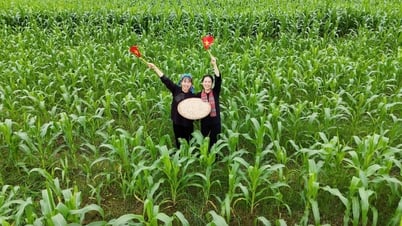

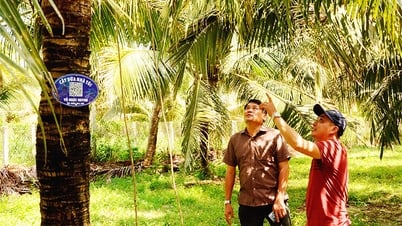

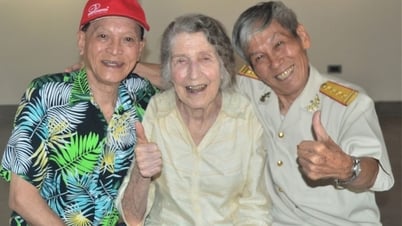

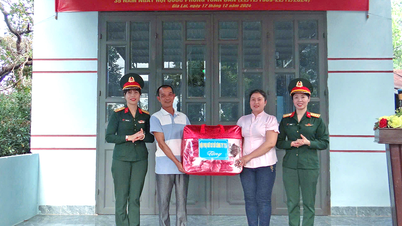
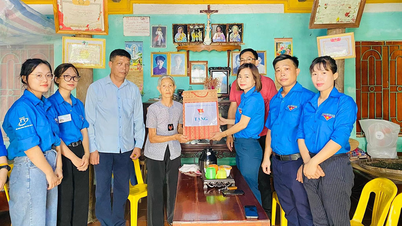


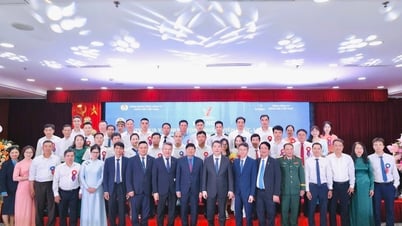

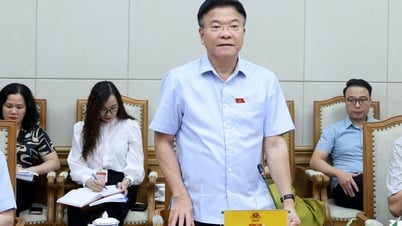
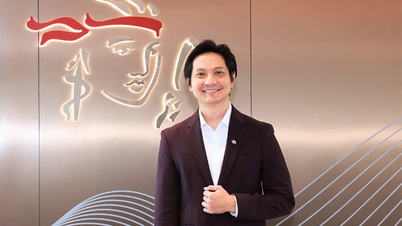
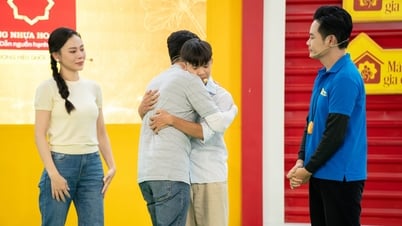





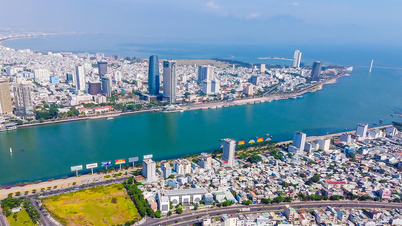

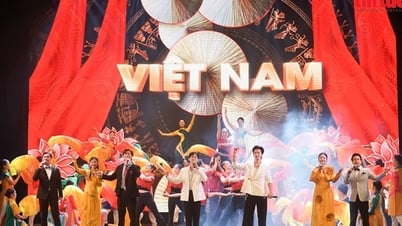
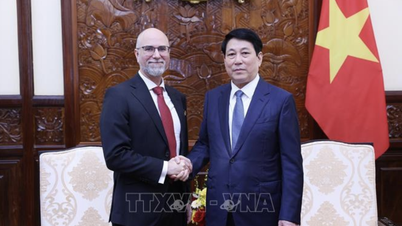
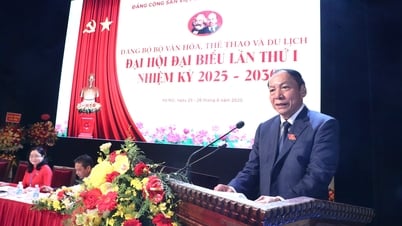

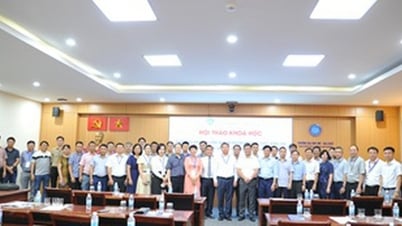

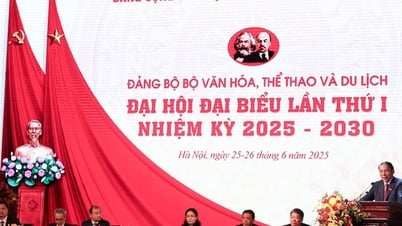



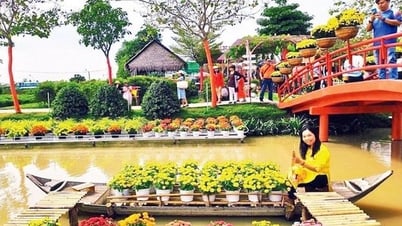
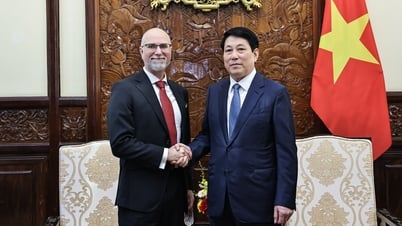

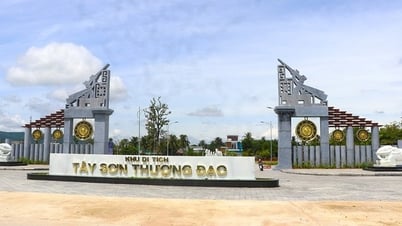


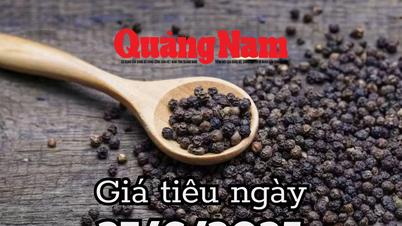

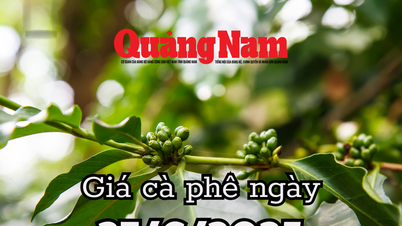


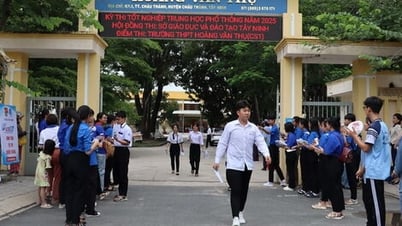



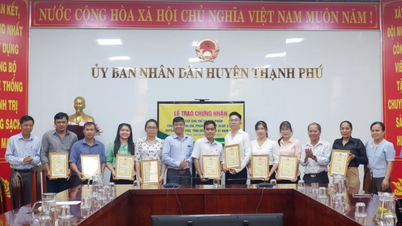

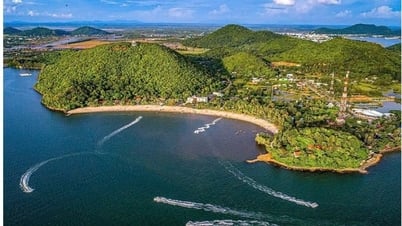

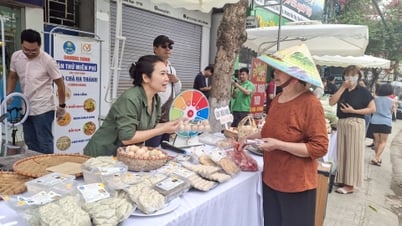

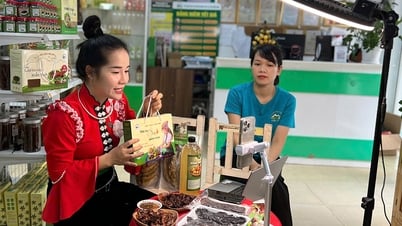

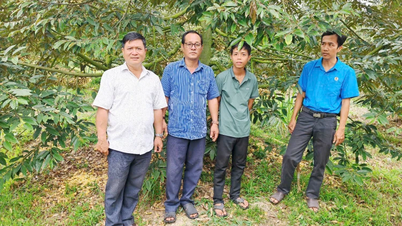

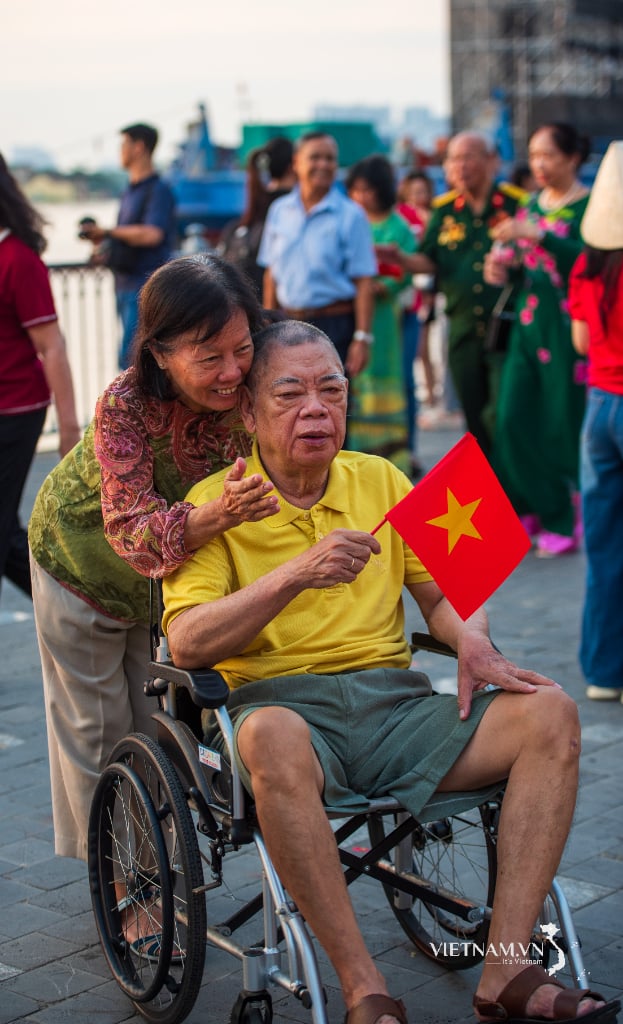

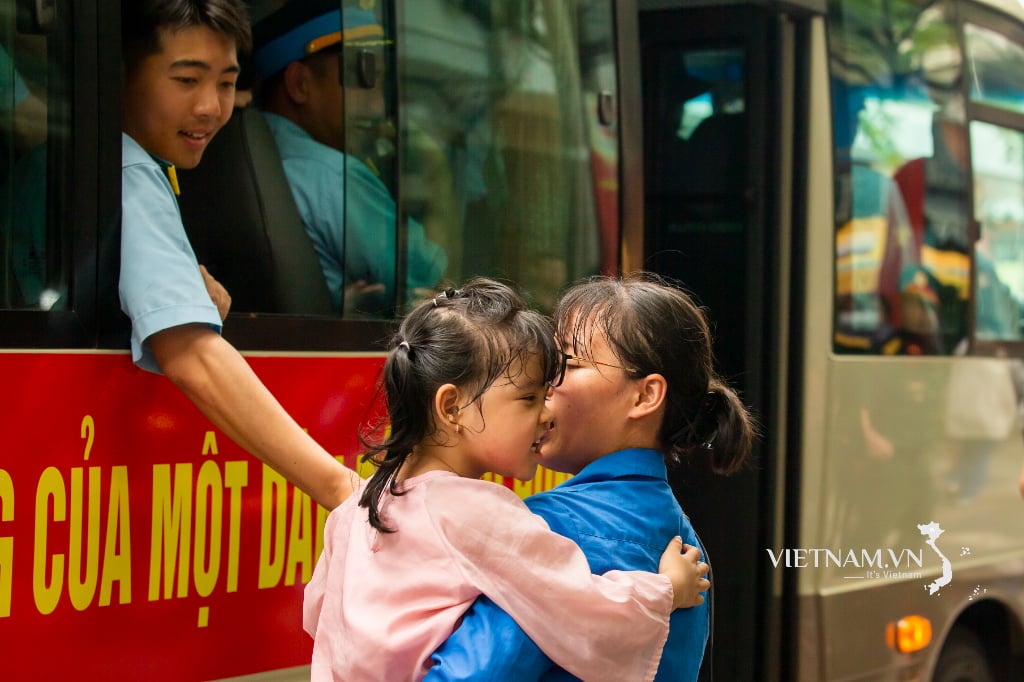
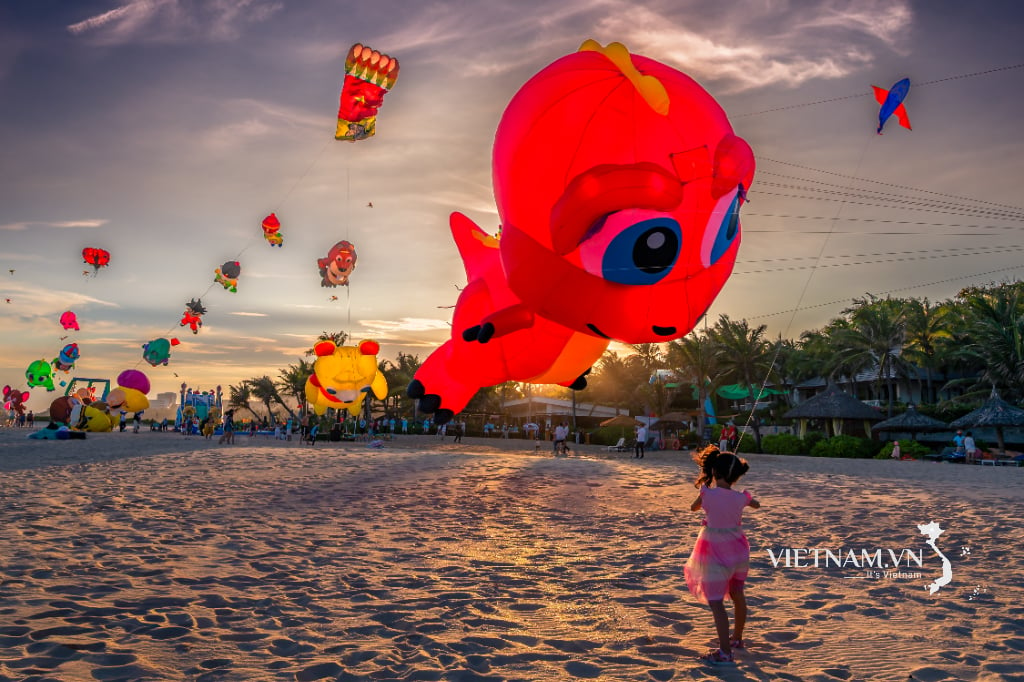
Comment (0)